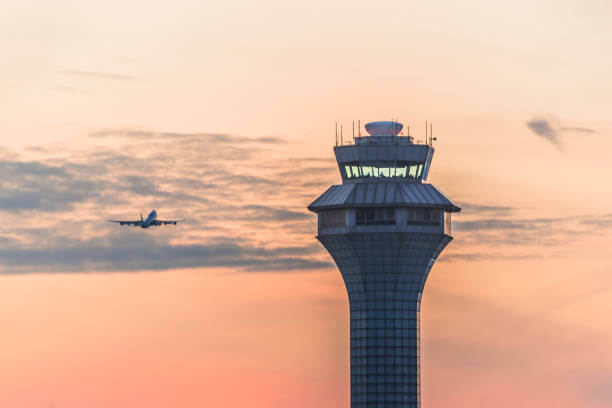As the vast expanse of the sky plays host to a myriad of aircraft, the need for effective communication becomes a critical element in ensuring the safety and coordination of flights. In this dynamic realm, Common Traffic Advisory Frequency (CTAF) emerges as a vital tool for pilots operating in uncontrolled airspace or at airports without a control tower. CTAF serves as the invisible thread connecting aviators, allowing them to share their intentions, positions, and crucial information. In this blog post, we embark on a journey to unravel the essence of CTAF—what it is, its purpose, and how pilots can seamlessly integrate it into their communication repertoire. Join us as we explore the skies, where clarity and coordination are the keystones of safe and harmonious flight.
Understanding CTAF in Aviation:
A Guide to Effective Communication
JOIN TODAY! | MEMBER LOGIN
In the dynamic world of aviation, effective communication is paramount to ensure the safety and coordination of flights. One crucial component of this communication system is the CTAF, or Common Traffic Advisory Frequency. In this blog post, we will delve into what CTAF is and how pilots can use it to enhance situational awareness and promote safe flying practices.
What is CTAF?
CTAF, or Common Traffic Advisory Frequency, is a designated radio frequency used by pilots to communicate with each other when operating in uncontrolled airspace or at airports without an operating control tower. Unlike controlled airspace, where air traffic controllers manage the flow of air traffic, uncontrolled airspace relies on the pilots themselves to communicate and coordinate with one another.
Purpose of CTAF:
The primary purpose of CTAF is to facilitate self-announcing and coordination among pilots in the vicinity of an airport or within uncontrolled airspace. Pilots use CTAF to broadcast their intentions, positions, and other relevant information, allowing fellow aviators to be aware of each other’s presence and make informed decisions to avoid conflicts.
How to Use CTAF:
- Tune In: Before entering an uncontrolled airspace or approaching an airport without a control tower, pilots must tune their radios to the designated CTAF frequency. This frequency is typically published on aeronautical charts and in airport directories.
- Self-Announce: Once tuned to CTAF, pilots should make regular self-announcements on the frequency. This includes broadcasting their position, altitude, intentions (such as taking off, landing, or entering the traffic pattern), and any other pertinent information that could affect the safe operation of other aircraft in the area.
- Active Listening: In addition to making self-announcements, pilots must actively listen to the CTAF frequency to be aware of other traffic in the vicinity. This helps in avoiding potential conflicts and contributes to overall situational awareness.
- Standard Phraseology: Pilots should adhere to standard phraseology when using CTAF to ensure clear and concise communication. This includes using established terms and procedures for position reports, runway intentions, and other relevant information.
Benefits of CTAF:
- Enhanced Safety: CTAF promotes a culture of shared situational awareness, reducing the risk of mid-air collisions and other safety hazards in uncontrolled airspace.
- Coordination: Pilots using CTAF can coordinate their movements and intentions, facilitating smoother traffic flow at airports without control towers.
- Community Awareness: CTAF fosters a sense of community among pilots, as they actively share information and contribute to a collective understanding of the operating environment.
In the world of aviation, where precision and communication are paramount, understanding and using CTAF is essential for every pilot. By embracing the principles of CTAF, aviators contribute to a safer and more collaborative flying experience in uncontrolled airspace and at airports without operating control towers. So, tune in, self-announce, and listen actively – let CTAF be the key to a safer and more connected aviation community.
As an E3 Aviation member, you get access to TONS of informative aviation articles and content. Sign Up or Log In today and enjoy all of the tools, resources, product discounts, community and entertainment that E3 Aviation Association offers.

